What at first seemed a naive local initiative, against the will of a large mining company and the government, resulted in a uniquely participatory process to develop an Action Plan for the post-coal future of Upper Nitra that no one could ignore.
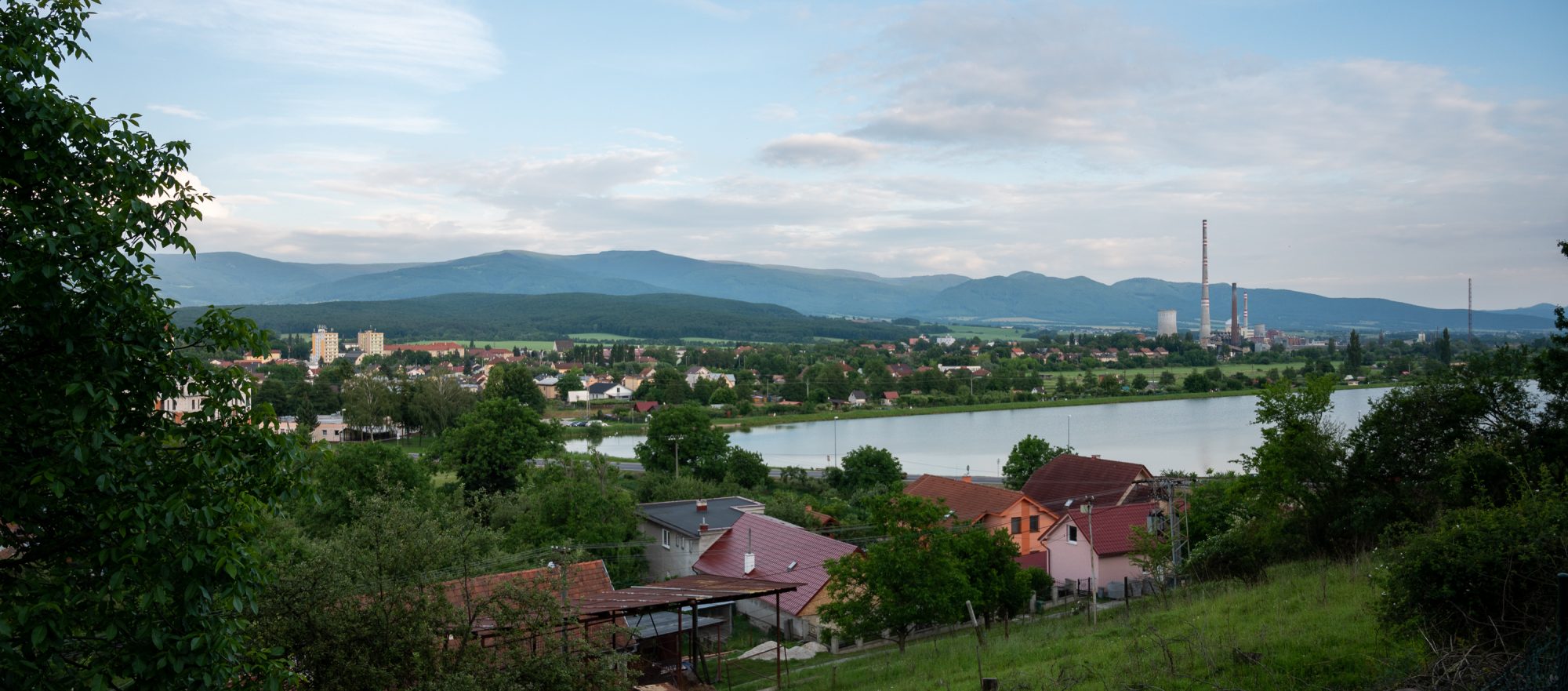
The Upper Nitra region is located in the western part of Slovakia, along the upper course of the Nitra river. It is a historically industrial region, with the first attempts at coal mining there dating back to the 18th century. Industrial mining started in 1909.
Even today, the mining industry plays a dominant role in the region: Hornonitranske bane Prievidza (HBP) is a large company that mines for brown coal and lignite. The region has developed tourism, associated primarily with the Bojnice Castle and a local zoo, and its natural resources, such as the Bojnice spa, are also being exploited. However, Upper Nitra’s environment is marked by long-term mining and the negative effects of the energy and chemical industries.
With such a long history of mining and powerful interest groups fighting for the preservation of the industry, the journey to end mining and start the transformation of the region has not been easy.
A region stands up
‘It all started here, three years ago’, says Katarina Machackova, the mayor of Prievidza, standing in the main square of the town and remembering how the Action Plan for the Upper Nitra region began in May 2017. ‘Today I stand here alone; at that time, I was grateful to all who stood there with me. There weren’t many, but it was enough so that we could start.’
In 2017, Machackova decided, along with other local government representatives from the region, to invite Slovakia’s Prime Minister, Roberto Fico, to come to Prievidza to discuss the future of Upper Nitra during a roundtable. Prievidza has played an important role in the region’s future due to its place at the centre of the region’s mining activities. She pointed out that people lived in insecurity about the future of mining and the region, and they needed answers.
‘People knew that the mining would end one day, but they didn’t want to talk about it. Everyone was afraid of it. I think that the right way is to openly identify the problem and look for solutions. It was already too late then. But as they say: Better late than never!’ says Machackova.

Katarina Machackova, the mayor of Prievidza
To introduce the topic of mine closures as the mayor of a town with such strong ties to the industry was not easy. The government at the time supported mining, and the mining company claimed that talking about the end of mining in the region was ‘false and demagogic and threatening 11,000 coal-related jobs’. HBP went so far as to urge politicians to ‘stop this discrediting campaign against the company’.
Today, we know that the real number of people whose income depends on the mining company is around 4,500.
HBP – privately owned, publicly subsidised
The privately owned HBP has had alarming connections to public institutions and politicians for a long time. Various Slovak media outlets reported that the company is paying a person from the Main Mining Office for services; at the same time, this institution is the main supervisory body in charge of monitoring HBP. It is also worth mentioning the potential conflict of interest inside the Slovak Electricity Transmission System (SETS), the company in charge of running the national electricity system: it shares a board member with HBP.
The Ministry of Economy of the Slovak Republic committed to providing subsidies to the Novaky power plant, part of the HBP complex in Upper Nitra, up until 2023, arguing that it was a necessity for the security of the national power system. This means that every year, EUR 115 million are being spent from the state budget to subsidise the plant – and this is felt in the energy bills. At the same time, the Novaky power plant is the second largest air polluter in Slovakia.
Local working groups kick off
In September 2017, Machackova, Prievidza’s mayor, organised the roundtable on the future of Upper Nitra to which she had invited Fico. Other members of the government, members of the Economic Affairs Committee of the National Council and the parliament, the Representation of the European Commission in Slovakia, state administration officials, regional government representatives, mayors, the largest employers in the region and small entrepreneurs were also invited, as were representatives of trade unions, interest groups and the third sector. 50 guests eventually accepted the invitation.
Apart from then-Prime Minister Fico and then-Minister of Economy Peter Ziga, none of the many invited experts from the Ministries of Economy and Environment accepted the invitation. HBP similarly declined, on the grounds that such negotiations were already taking place under the auspices of the Slovak government.
What followed in the run-up to the roundtable seemed to be a campaign to undermine the initiative: mayors from the region got emails from fake addresses attempting to dissuade them from coming, according to statements by Machackova to Slovak media. Off record, some experts from the state agencies and ministries admitted to media that they were prohibited from participating.
Meanwhile, the central government was indeed negotiating separately with HBP in Bratislava. ‘As the mayor, I wanted to be there, but they refused my attendance. So, instead, I started communicating with Brussels to make the process more participatory. Then my voice was finally heard and things slowly started to change’, explains Machackova.
Back in Upper Nitra, an Action Plan for the region started to take shape at the beginning of 2018, after the interested parties who met at Machackova’s roundtable formed thematic working groups and continued to debate options. Local residents, experts, NGOs and anybody else interested was able to take part. At the same time, Prime Minister Fico declared during his visit to the mines in february 2018: ‘I absolutely reject any proclamations about closing the mines and I don’t want to have anything to do with it.’
‘It was confusing and discouraging for the people from the region who were getting involved in the plan for a just transition’, comments Lenka Ilcikova, campaigner for the CEPA – Friends of the Earth, an environmental NGO in the Bankwatch network. CEPA responded to the call from the Prievidza local government and joined the working groups.
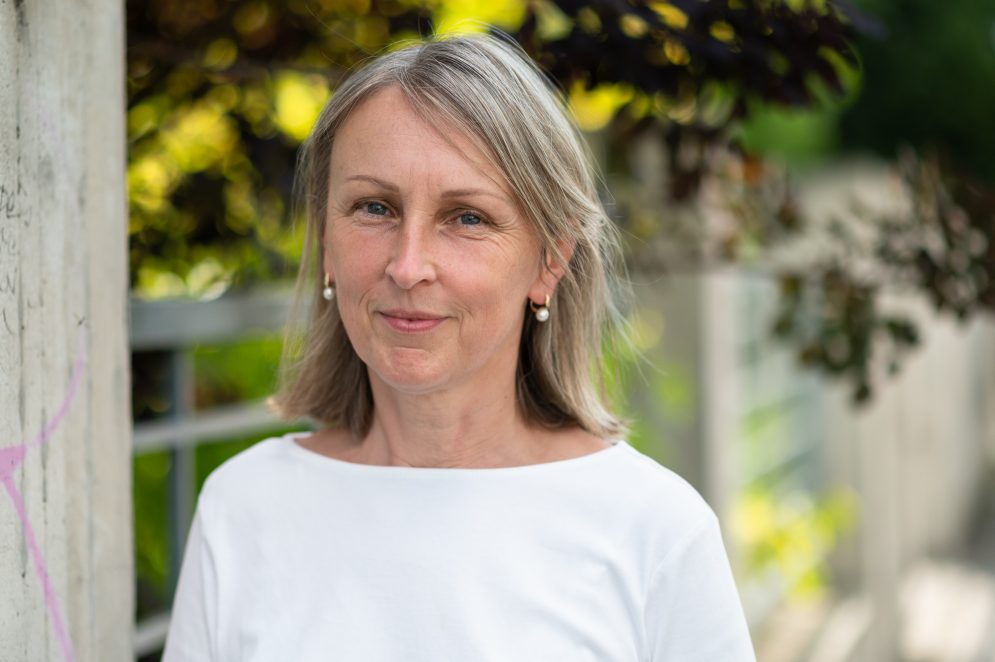
Lenka Ilcikova, campaigner for the CEPA – Friends of the Earth, an environmental NGO in the Bankwatch network
‘We welcomed the plan to end coal mining in the region. We think that mining and burning coal in this age is not modern, healthy or necessary, as we have better energy technologies available’, adds Ilcikova, who, as a local of Upper Nitra, remembers the river Handlovka being brown from mining.
‘As a child I couldn’t imagine it otherwise. Only later I realised that it was not normal and could be changed.’
Government tries to ignore locals
While the local government’s initiative was open to anybody interested, the national government was meeting with only selected participants – and behind closed doors. In February 2018, a meeting of representatives of the European Commission, the Slovak government, public administration and the private sector, including HBP, took place in Trencin, a city in the region. Like the participants in the locally-led working groups, these actors also discussed the transformation of the region.
No business entities other than HBP and GA Drilling, nor any other professional public or civic organisations, were allowed to join the meeting.
According to the conclusions of this high level meeting, the basis for the transformation of the region was to be an Action Plan prepared by the Trencin self-governing region (the regional government). The fact that this initiative would be done in parallel to what was already happening in Prievidza was not addressed in any way.
So, in March 2018, there was the bizarre situation that two separate initiatives, working in parallel, were ready to create an Action Plan for the transformation of Upper Nitra. While the working groups formed under the auspices of local governments in the region were open to anyone interested and participatory, the structure sponsored by the central and regional governments was controlled by big business and government actors and activated behind closed doors.
The grassroots working groups
The locally-led working groups, which kept meeting in the region, tried to answer several main questions related to the transition:
What assets are there in the region? What basis is there to build a new future?
What can be produced here? What is missing here?
Where are the obstacles to the transformation? Are they legislative, bureaucratic, financial or infrastructure-related?
On what level of governance are these obstacles situated? Which level of government is responsible for them?
The groups were divided thematically under the following categories: economy, social infrastructure, tourism, transport, and technical infrastructure.
‘The basic idea was that if we want to start developing the region, we should focus on using its potential and much less on solving current problems’, explained professor Maros Finka from the Institute of Management of the Slovak University of Technology, who helped the groups establish a working methodology. Finka has considerable experience in creating action plans for underdeveloped regions in the country.
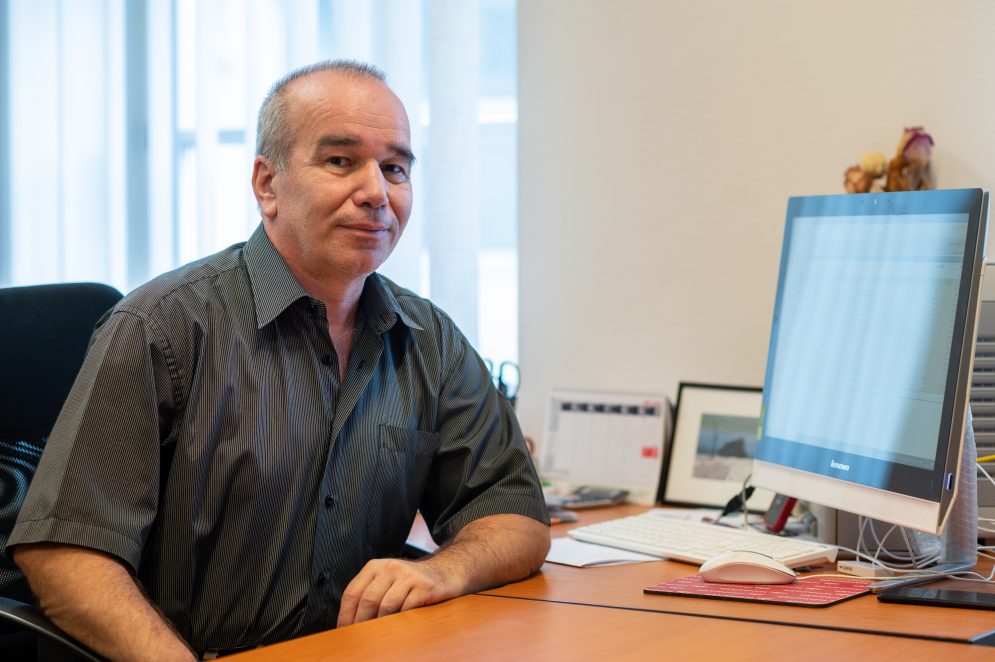
Maros Finka from the Institute of Management of the Slovak University of Technology
‘I was very surprised at how positively people in the working groups reacted to this concept. It was amazing to watch the progress they made, as they began to contribute ideas for how to use the potential of Upper Nitra’, added Finka.
Meanwhile, the Office of the Deputy Prime Minister for Investment set up its own Working Group for the Preparation and Implementation of the Upper Nitra Region Transformation Action Plan. Its first meeting took place in Bratislava. This initiative was only planning to use inputs from the Trencin Action Plan, created without the participation of locals. The local initiative – which had already started preparing its Action Plan – was not even mentioned in the bylaws that set up this new governmental structure. Plus, there was no transparency about the new entity, as no information about its functioning was made public, and no civil society group was invited to take part.
At last, collaboration
The two structures developing Action Plans – the local working groups and the regional one – worked separately until April 2018, when the government finally acknowledged the locally-developed Action Plan as the basis for the final plan, to be completed under the auspices of the Deputy Prime Minister’s Office. The two parallel initiatives started to cooperate.
While the reasons for the central government’s change of heart are unclear, civil society and locals, together with local governments, had intensively pressured the European Commission to ensure the locals’ voices would be taken into account. The Commission’s Platform for Coal Regions in Transition, established in 2018, had taken an active role in Upper Nitra’s transition – Upper Nitra had been selected as one of the pilot regions of the Platform and locals had started taking part in its meetings in Brussels.
‘We needed to stay realistic in this process. Cooperation between the central and local governments was necessary. Although the path to cooperation was difficult, at the end they accepted us as a partner in the discussion’, says Machackova.
After that, both working groups emphasised that the basic elements of the transformation reflected in the Action Plan would be social, economic and environmental. The timeframe for preparing a final Action Plan was set for July to October 2018, with the intention of submitting it to the Slovak government by the end of 2018.
In September 2018, during a meeting of all stakeholders, the results of local working groups were approved. Subsequently, they were given to a consulting company, which was tasked by the European Commission with finalising the process and coming up with a national Action Plan.
‘Uncertain’ is how Lenka Ilcikova, the CEPA campaigner, describes her feelings at the time. ‘Because we didn’t know what would be next. It was the result of nine months’ worth of work, so it felt like we were giving them our baby’, Ilcikova adds with a smile.
‘We’ve boarded an already running train’, says Ondrej Seban, Senior Manager at PricewaterhouseCoopers, the company which managed the finalisation of the Action Plan. ‘Since there was already a working group and people from the region had a general idea of what they could do with their region, the cooperation was good.’
However, there were still some obstacles. ‘At the beginning, the mining company, the power plant and large local employers were not involved in the process’, describes Seban. ‘However, this was resolved over time after the government approved the end of coal in Slovakia.’
In November 2018, the Slovak government announced it would end state subsidies for coal-based electricity generation by 2023, which was met with a positive reaction from environmental NGOs.
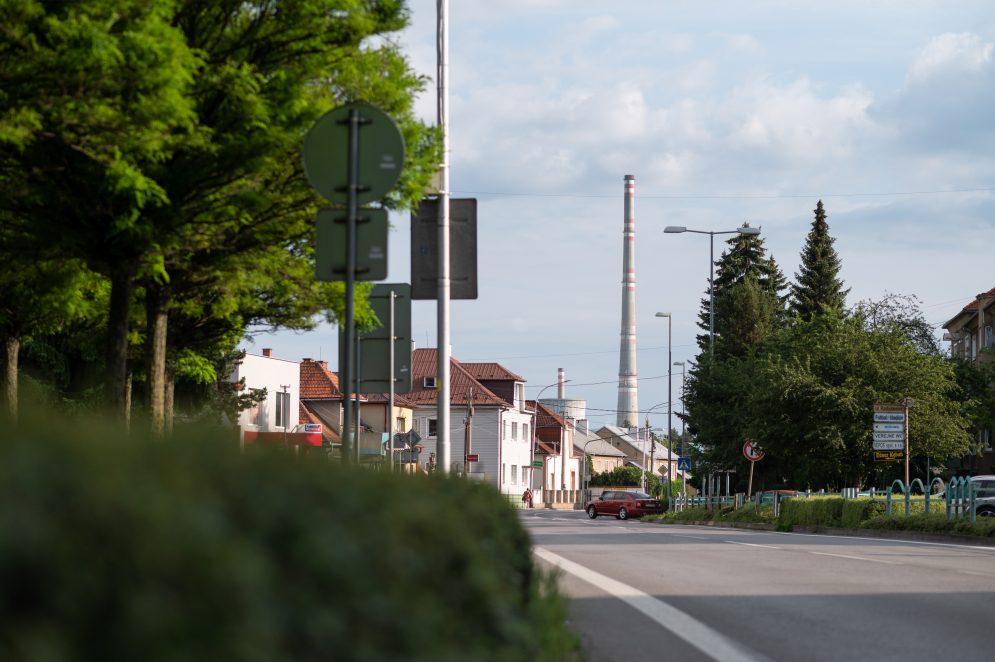
Novaky town with power plant
Public hearings
‘Everybody was welcome and I was happy to see the large turnout’, Machackova says of the first public hearing of the draft of the Action Plan. The hearings were held from April 2019 to May 2019 in all affected towns of the region. The draft of the Action Plan was published online for commenting, together with a presentation.
Invitations to the hearings were published in the local press and on the websites of each municipality. They were also sent directly to 150 interested members of the working groups, plus all heads of the municipalities and 2,000 businesses in the region.
‘I think that the whole process was uniquely participatory for a post-communist country’, comments Ilcikova. ‘Even though you could see that the miners sent their own people to infiltrate the hearings, there were also locals who sincerely wanted to raise their questions and offer their opinions’, adds Machackova.
Ondrej Seban noticed a shift in approach from the supporters of the coal-mining during the hearings: ‘There was a heated discussion in the first one. But, gradually, opinions changed. At the last one, everyone endorsed the need for transformation. We are in a new era. The debate has shifted from whether to make a transformation to how to make it just.’
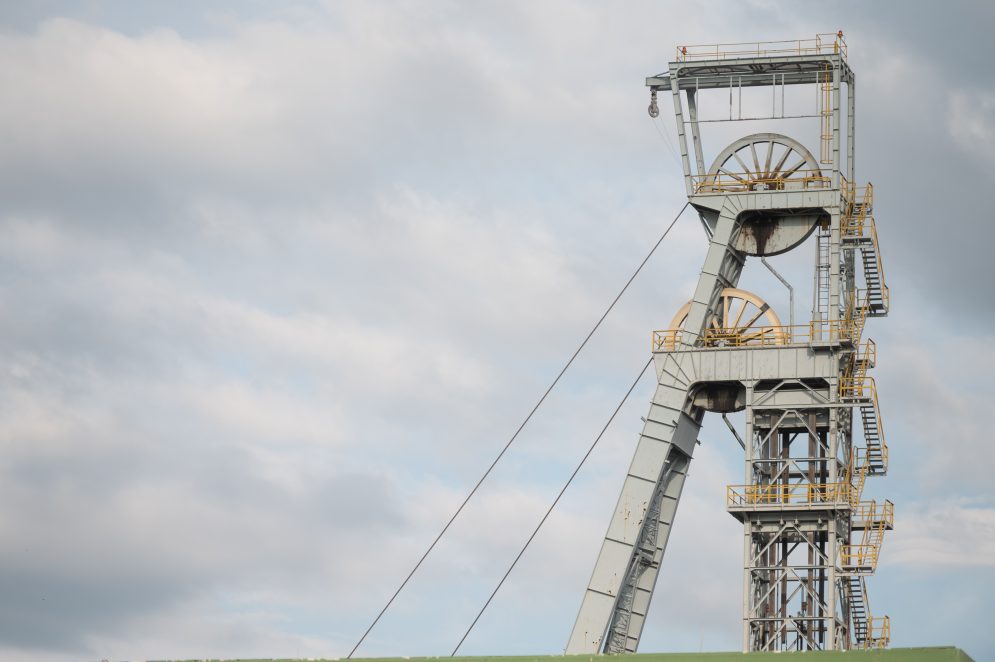
Final action plan and lessons learned
‘First they ignore you, then they laugh at you, then they fight you and then you win’, says Machackova of her feelings in July 2019 when the government approved the Transformation Action Plan of the Upper Nitra coal region.
The Action Plan confirmed the rejection of a new mining field for the Novaky coal complex, which the company HBP had intended to open, as well as the end of electricity production from coal by 2023.
What were the main lessons learned from the process?
‘It is necessary to strive for cooperation and not give up. You need to start working and preparing your plans, so that you are ready for the transformation’, argues Machackova.
Ilcikova, as a campaigner fighting for a collaborative approach, adds: ‘Often you hear that participation is expensive, but I don’t think so. If the local and national governments want it, then it can be done. Also, everything went faster when the government suddenly acknowledged the efforts of the locals to move away from fossil fuels.’
Including local stakeholders in the process, from citizens to NGOs, is also important, according to the consultant Ondrej Seban. ‘But at the same time, on the other side of the table you must sit people from the central level, who know the processes in the state administration and can set up some programmes. The two groups must communicate with each other’, elaborates Seban.
He also emphasises the importance of hard data in the discussions: ‘It leaves less room for subjective impressions and biases.’
Professor Finka highlights the benefits of a bottom-up approach as well. ‘In order for a strategy to be sustainable, it cannot be a strategy built on state interventions alone,” explains Finka. ‘But the role of experts is to see further, past first-hand ideas, since the first thing that locals usually demand are better roads for their cars.’
The transformation just started
‘We know that one document will not solve all our problems, but we were happy that this step was successful. It was a small victory’, Machackova says.
‘The process was long. It would certainly be more ideal if it could be accelerated. But today we have the first results. The first calls for small and medium-sized businesses have been announced. It gives meaning to all the efforts we have put into it’, Machackova concludes, standing on the square where it all began three years ago.
The approval of the Final Action Plan is a true victory for local communities in Upper Nitra. Without the local initiative, the Slovak government would have circumvented the will of locals and chosen projects proposed by big companies, including HBP, and funds from the European Commission’s Platform for Coal Regions in Transition and other EU sources would have gone to the corporations.
The pushback by locals and civil society forced the central government to include their views in the plans for the future of the region.
Despite the small victories, the regions’ transformation is just starting. ‘Now that we have an Action Plan, we need to build our capacities, so that we can implement it as well’, Ilcikova warns.
Photos by Tomas Halasz
Disclaimer by PWC:
- The contractor gives his point of view which is not to be considered as Commission point of view.
- Correctly acknowledges funding from the EU and support from the Commission in the implementation.
